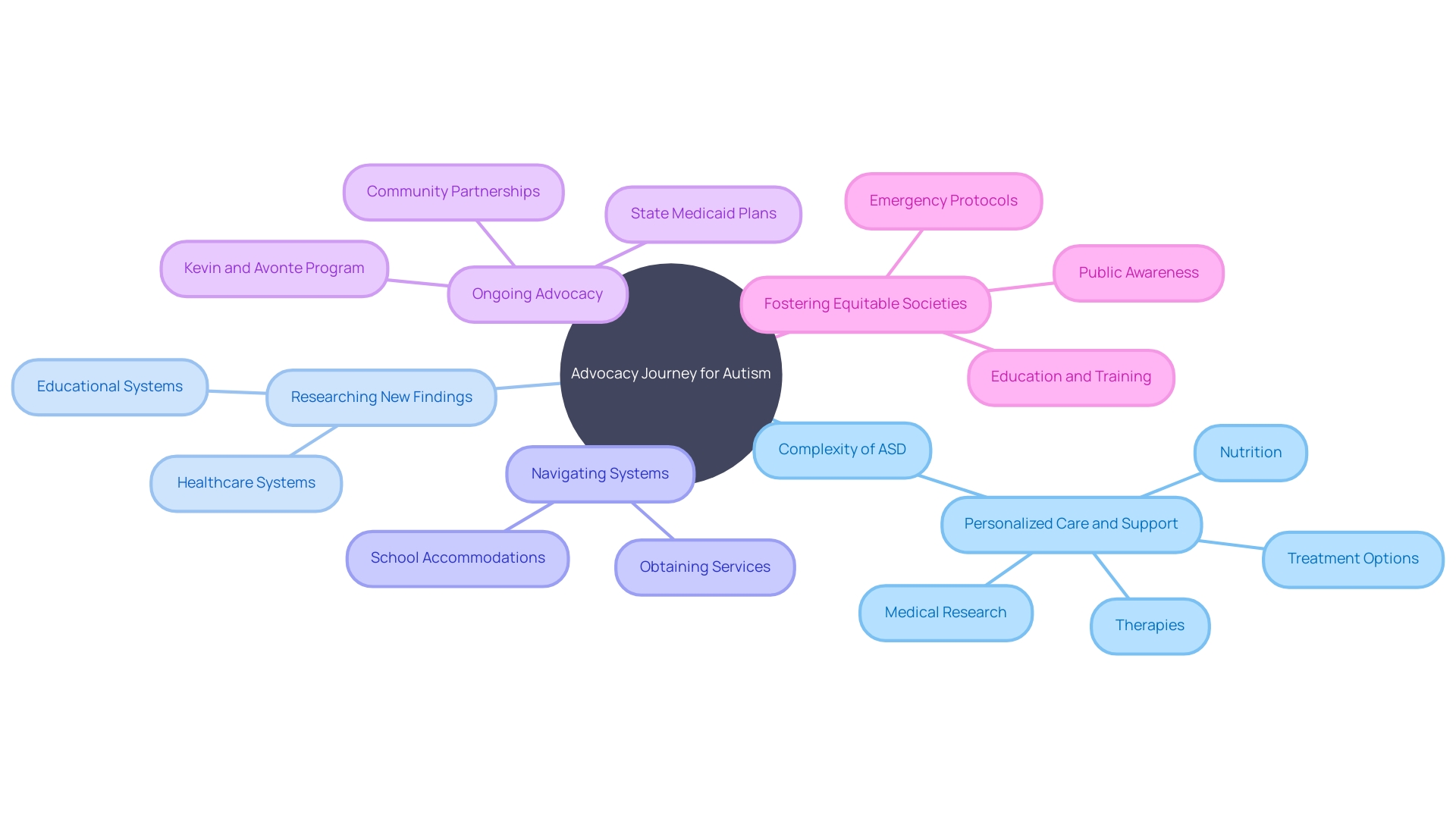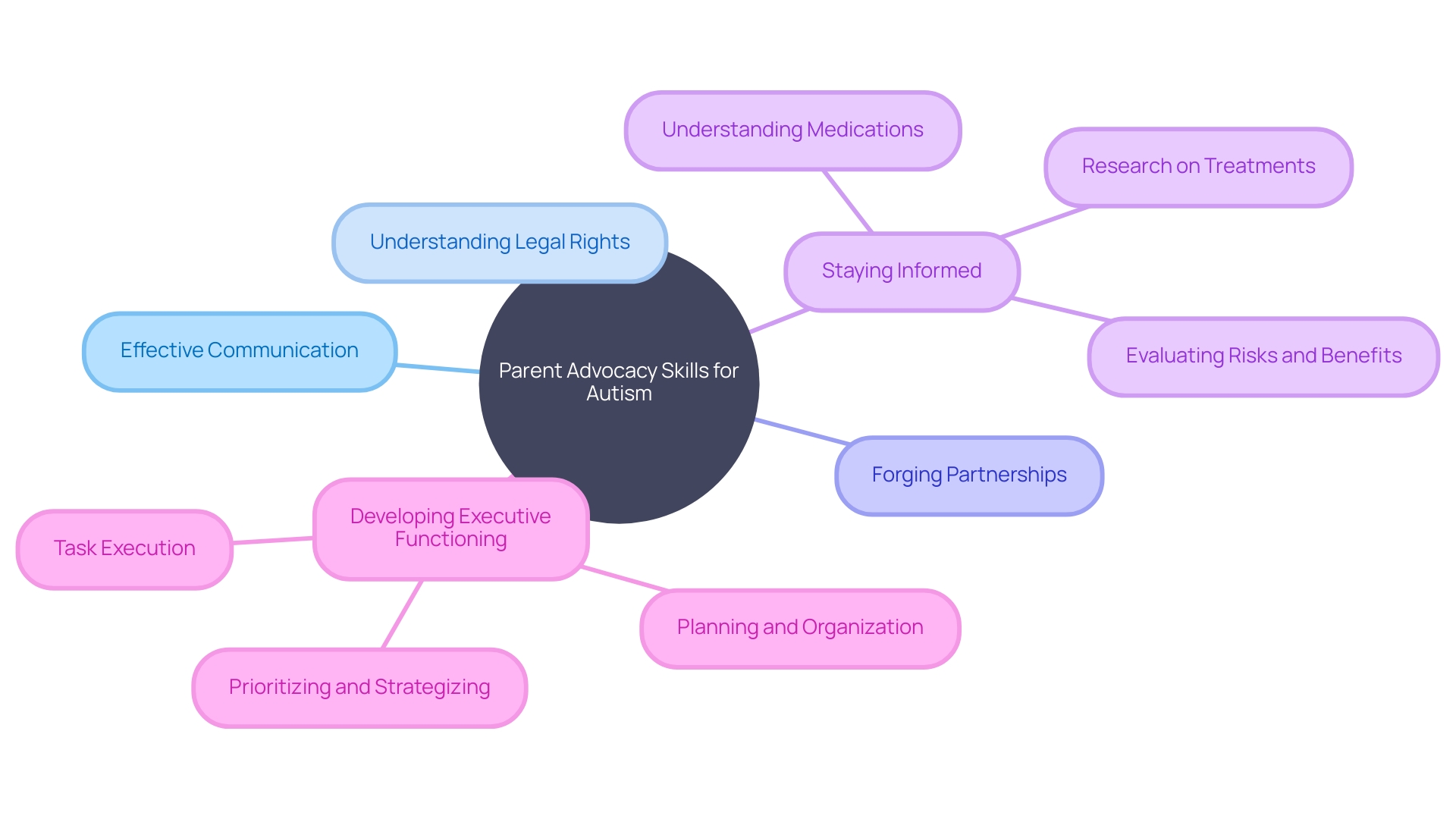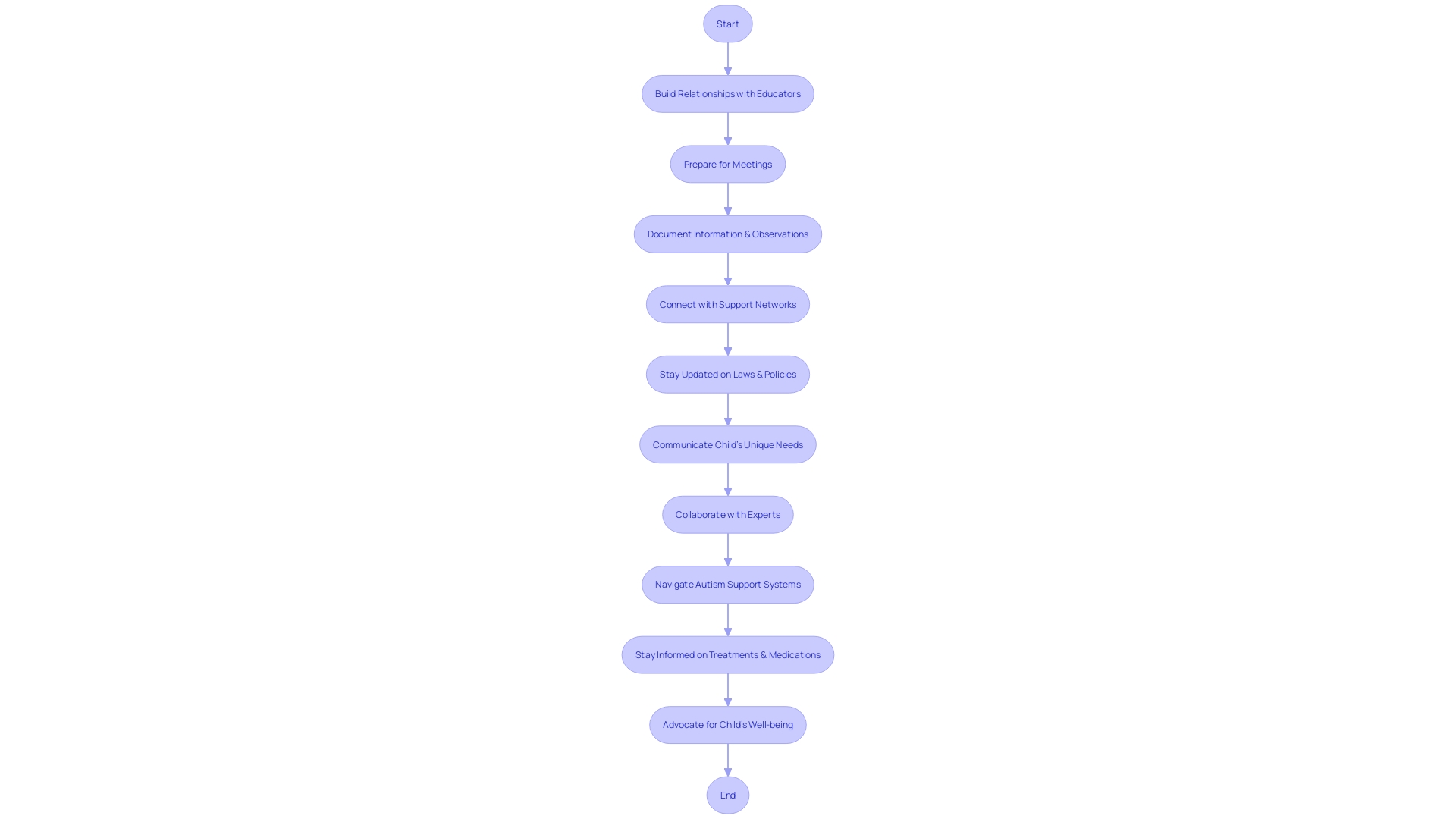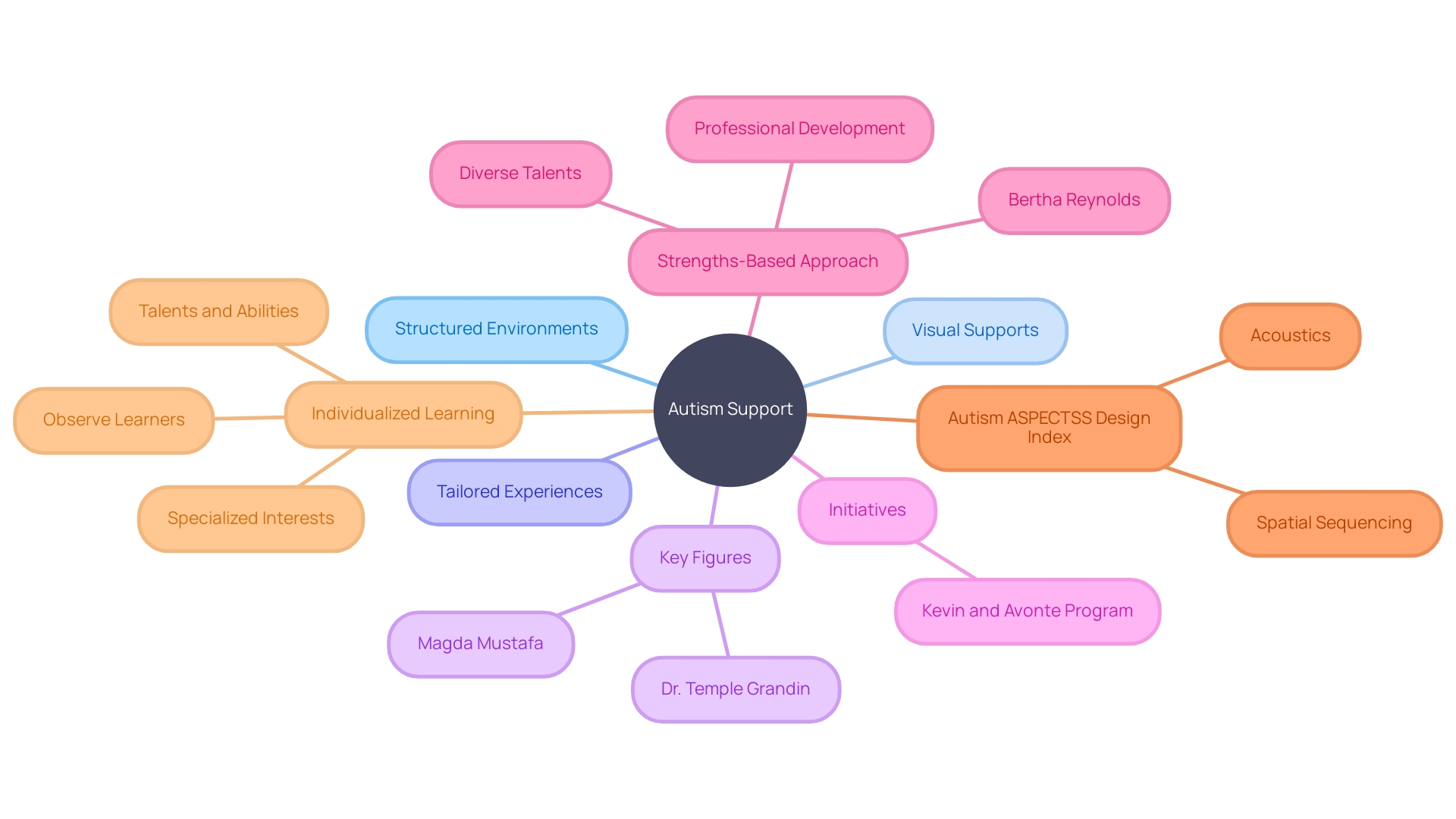Introduction
Autism spectrum disorder (ASD) affects not only humans but also dogs, presenting as canine autism. Dogs with autism may exhibit repetitive behaviors and struggle with socializing. Recent research has revealed the cognitive abilities of dogs, particularly in understanding human language, which is a significant step forward in understanding canine cognition.
Additionally, certain dog breeds, like French and English bulldogs, have gained popularity, prompting research into their unique behavioral tendencies and their alignment with human expectations and emotional needs. Service dogs have become essential companions for individuals with ASD, providing assistance and enhancing their quality of life. Despite the elusive causes of canine autism, a mix of genetic and environmental factors is suspected to play a role.
Awareness and understanding of this condition are crucial for providing appropriate support to affected dogs.
What is Autism in Dogs?
Autism spectrum disorder (ASD) encompasses a variety of challenges with social skills, repetitive behaviors, and communication. Just as ASD affects humans, similar conditions are observed in dogs, presenting as canine autism. These dogs may exhibit repetitive behaviors and face difficulties in socializing with other dogs and humans.
The complexity of ASD means that no two cases are exactly alike, with each individual displaying a unique combination of traits.
Recent research has shed light on the cognitive abilities of dogs, particularly in understanding human language. A study by the University of California at San Diego found that dogs can comprehend specific words and respond to them, regardless of the source, be it a person or a prerecorded soundboard. This finding is critical as it demonstrates that dogs' responses to commands are not solely based on human body language, which is a significant step forward in understanding canine cognition.
The popularity of certain dog breeds, despite known health challenges, may be linked to their baby-like features. However, studies are exploring whether additional factors contribute to their appeal. For instance, flat-faced breeds like French and English bulldogs have gained popularity, prompting research into their unique behavioral tendencies and how they might align with human expectations and emotional needs.
Service dogs have become vital companions for individuals with ASD, providing not just assistance but also enhancing the quality of life for them and their families. The placement of service dogs has been shown to foster independence, expand social circles, and offer a sense of security, leading to a more sustainable lifestyle for those with autism.
While the exact causes of canine autism remain elusive, a mix of genetic and environmental factors is suspected to play a role. Awareness and understanding of this condition are crucial for providing appropriate support to affected dogs, ensuring they live fulfilling lives alongside their human companions.
The Role of a Parent Advocate for Children with Autism
At the heart of every child's journey through the spectrum of autism is a steadfast advocate: their parent. This advocate is more than a caregiver; they are a champion for their child's rights and a pillar of unwavering support. They work tirelessly to foster understanding and inclusion, ensuring that their child receives the necessary accommodations and support to thrive.
By standing as an intermediary with educators and professionals, they facilitate their child's access to essential services and advocate for the implementation of effective communication tools, such as the picture boards campaigned for by Mr. Harris in Peterborough. The commitment of these advocates is a testament to the importance of staying abreast of the latest developments in autism research, treatments, and therapies, as they navigate the complex landscape of raising a child with autism with grace and determination. Their actions underscore the critical need for inclusive early learning opportunities, as outlined in recommendations for implementing IDEA programs, and their dedication to understanding the complexities of their child's condition and treatment options is nothing short of inspirational.
As they pursue social justice and equity for their children, parent advocates are the unsung heroes in the quest to make the world a more inclusive place for all children with disabilities.
Pathway in Parents’ Advocacy Journey
Embarking on the advocacy journey for a child with autism is a profound and multifaceted process. It begins with grasping the complexity of Autism Spectrum Disorder (ASD), a neurological and developmental condition that affects how individuals communicate and behave, often presenting a unique set of challenges in social and educational settings. This condition is not limited by geography or demographics and has a broad spectrum of manifestations, with no known cure, underscoring the importance of personalized care and support.
Parents must become well-informed about autism, dedicating time to research new findings, treatments, and therapies that could benefit their child. It's critical for them to assess the benefits and risks of medications prescribed by doctors, and to remain vigilant and observant to their child's response to these treatments. With the vast amount of information available, especially online, it is essential for caregivers to verify facts with medical professionals and discern which sources to trust.
Supporting a child with autism also involves navigating intricate healthcare and educational systems to access vital services, a task that can be daunting but is necessary for the child's development. The advocacy does not end there; it involves a continuous commitment to staying current with research and advancements, as emphasized by the poignant words of Dr. David (Dan) R. Offord, who advocated for fair and supportive opportunities for all children, including those with disabilities.
Recent initiatives, such as the campaign led by the founder of Neurodiversity in Business, demonstrate the transformative impact of technology and communication aids in the lives of non-speaking children. This highlights the ongoing need for advocacy and the potential for significant improvements in the quality of life for children with autism through resourceful and innovative solutions.
With a global perspective, it's clear that the engagement and well-being of autistic children are fundamental to their mental health and are critical to fostering equitable societies. As caregivers, understanding and championing the unique strengths and addressing the needs of children with autism is an enduring journey, one that requires unwavering support, continual education, and a steadfast commitment to advocacy.

Challenges Faced by Parent Advocates
Navigating the complexities of supporting a child with autism is a profound journey filled with both challenges and triumphs. For parents taking on the role of advocates, the path is marked by several hurdles, including understanding intricate healthcare and education systems, accessing specialized services tailored to their child's needs, and confronting societal misunderstandings and stigma associated with autism. Additionally, maintaining their emotional health amidst these pressures is crucial.
One salient example of advocacy and innovation comes from Mr. Harris, who, inspired by his non-speaking son's use of pictures to communicate, secured funding for picture boards in Peterborough. This initiative not only empowered his son but also paved the way for children worldwide to engage in life-changing communication. Similarly, Kelley Coleman, through her upcoming book, shares insights into navigating the essential systems and services for parenting a disabled child, offering a valuable resource to fellow advocates.
As the journey of advocacy continues, staying informed about the latest findings, treatments, and therapeutic approaches becomes essential. Vigilance in understanding the benefits and risks of medications prescribed to their child is a responsibility that cannot be overlooked. With the vast amount of information available, discerning credible sources and expert advice is key to making informed decisions, as highlighted by both experts and caregivers.
Despite the challenges, there are also supportive structures in place. Programs like the Kevin and Avonte Program exemplify dedicated efforts to address critical issues such as elopement, providing grants to enhance safety and awareness. State Medicaid plans also play a pivotal role in ensuring access to care and addressing behavioral challenges, with nearly one in five people insured by Medicaid, many of whom are on the autism spectrum.
While research on autism in adults remains limited, the CDC's recent reports indicate a rise in autism diagnoses among children, underscoring the growing need for comprehensive support and advocacy. As new information emerges, parent advocates are empowered to champion the rights and well-being of their children, striving for a society that embraces neurodiversity and provides opportunities for all individuals on the autism spectrum to thrive.
Developing Advocacy Skills
To champion the rights and needs of children with autism, parent advocates must arm themselves with a suite of advocacy skills. These include honing the ability to communicate effectively, a deep comprehension of their child's legal rights, forging strong partnerships with educational and medical professionals, and staying abreast of cutting-edge research and treatments in the realm of autism.
For example, when Lil, a 17-year-old about to transition from a special school to a community-based program, faced the daunting prospect of change, it underscored the critical nature of these skills. Transitions are often a monumental hurdle for autistic individuals due to the newness and uncertainty they bring, which can be intensely magnified for those with autism.
Open science, which advocates for the transparent sharing of scientific knowledge, has been a boon in advancing our understanding of autism. The swift progress made in virus sequencing and vaccine development during the pandemic exemplifies how collaborative science can accelerate breakthroughs that touch our everyday lives. This approach also underscores the importance for parent advocates to be informed by robust, openly available research findings.
The Autism Community in Action (TACA) exemplifies this commitment by offering access to a wealth of medical research and treatment options. Such resources can guide caregivers in making informed decisions, particularly in the complex terrain of medical and educational services for their children.
Continuous education on the latest autism research is paramount, as the landscape is ever-evolving with new treatments and therapeutic strategies. Sifting through the deluge of online information to discern credible sources from misleading ones is a critical skill for caregivers, ensuring that they can make informed choices about the benefits and potential risks of treatments for their children.
To be truly effective, advocacy requires more than just passion; it demands executive functioning skills—the ability to plan, organize, and execute plans with precision. This arsenal of skills enables advocates to turn their passion into impactful action, ensuring that their endeavors lead to meaningful and positive change in the lives of autistic individuals and their families.
While passion initiates the drive to advocate, intentionality and a strategic approach are what turn that drive into successful outcomes. Advocates must have clear objectives and values to guide their efforts, ensuring that their passion is channeled into results that make a tangible difference in the lives of autistic children and young people.
In summary, developing advocacy skills is not just about fighting for one's cause; it's about equipping oneself with the knowledge, strategic planning, and critical thinking necessary to navigate and influence the systems and policies that affect the lives of autistic individuals. By embracing these skills, parent advocates can ensure that they are not just heard, but that their actions lead to substantial improvements in the lives of children with autism.

Strategies for Effective Advocacy
To foster the well-being and fair treatment of children with autism, it's essential to adopt effective advocacy strategies. These strategies not only amplify the voices of these children but also ensure they receive the support and services they deserve. Building robust relationships with educators and professionals, being well-prepared for meetings, meticulous documentation of information and observations, connecting with support networks, and staying abreast of relevant laws and policies are all critical steps.
Such proactive measures enable parents to communicate the unique needs of their child, work collaboratively with experts, and confidently navigate the complexities of autism support systems. Through this approach, we recognize the unmet needs and value the contributions that these children bring to their communities. It's about reducing stressors and equipping caregivers with the necessary resources to nurture their child's development and the family's overall well-being.
As research on autism interventions evolves, it's vital for caregivers to remain informed about new findings, treatments, and medications, discerning the benefits and risks for informed decision-making. Passion, coupled with executive functioning skills—such as planning, organizing, and executing tasks—is what drives effective advocacy. By understanding the intricacies of non pharmacological interventions and fostering open science methodologies, we can improve the quality and reporting of research, ultimately leading to equitable and respectful treatment for children with autism.

Creating Structured Environments and Using Visual Supports
A structured environment and visual supports are not just beneficial but vital in nurturing the development of children with autism. The predictability and routine of a well-organized space can alleviate anxiety and foster positive behavior. Visual schedules, social stories, and cues are more than tools; they are bridges to communication, understanding, and independence.
The Autism ASPECTSS Design Index underscores the role of thoughtful design in creating such environments, with acoustics and spatial sequencing being key components. This approach mirrors the Reggio Emilia philosophy, which holds that a child's holistic growth is inextricably linked to their physical surroundings. By incorporating these design principles, we can craft spaces that truly resonate with the needs of children on the spectrum.
Furthermore, recent initiatives like Dubai International Airport's rehearsal flying experiences demonstrate a broader commitment to accommodating neurodiversity. These efforts show the importance of tailored experiences, as evidenced by Humza's VIP journey, which was made possible by his familiarity with the environment through extensive preparation.
Autism, affecting as many as 1 in 36 individuals, is characterized by unique communication and behavior patterns. Early diagnosis and intervention are crucial, as they enable access to resources that empower individuals to lead fulfilling lives. It is essential to debunk myths, such as the link between vaccines and autism, and focus on evidence-based factors like genetics and brain structure differences.
Through the Kevin and Avonte Program, we see proactive strategies to address wandering, a serious concern for many families. This program, coupled with state-specific Medicaid plans, exemplifies the targeted support that can significantly impact the lives of those with autism and their families.
In crafting environments that cater to the needs of children with autism, we draw inspiration from the likes of Dr. Temple Grandin and architects like Magda Mustafa, who advocate for multisensory experiences. Their insights remind us that every aspect of our physical world, from flicker-free LED lights to the sequence of spaces, contributes to the well-being of children on the spectrum.

Enhancing Communication Skills
For children with autism, developing communication skills is not just beneficial, it's transformative. It empowers them to share their inner world, needs, and feelings. Visual aids, for instance, offer a clear, tangible way to understand abstract concepts, and have been successfully used in places like Friends of St James Park in the UK, to support transitions for autistic youth into community settings.
These aids, along with alternative communication methods such as sign language or augmentative and alternative communication (AAC) devices, can significantly improve a child's ability to interact effectively.
The power of technology in enhancing communication cannot be overstated. Take, for example, the inspirational story of Joshua, who used an electronic tablet to communicate, leading to a groundbreaking initiative for installing picture boards throughout Peterborough. This initiative not only provided a voice to non-speaking children but also demonstrated the life-changing potential of communication aids.
Collaboration with speech and language therapists and the implementation of social interaction opportunities, like turn-taking exercises, further foster these skills. Research by academics like Professor Vikram Jaswal from the University of Virginia has shown that even non-speaking autistic individuals can engage with language in meaningful ways, challenging previous assumptions and underscoring the importance of literacy and predictive skills in communication.
Moreover, ongoing research emphasizes the need to continually adapt and improve support for AAC users. It shows that the involvement of family members in using AAC strategies, guided by tailored professional development for speech-language pathologists, can significantly enhance the effectiveness of these communication tools.
The development of communication skills in children with autism is a collaborative journey that requires patience, understanding, and the right tools. By embracing a combination of personalized strategies and the latest research-backed methods, we can make a profound difference in the lives of these children.

Promoting Social Interaction and Inclusion
Fostering social engagement and acceptance is vital for children with autism, as it allows them to forge meaningful connections and find their place in various environments. To facilitate this, it's important to proactively create scenarios for children to interact with their peers, offer social skills coaching, and advocate for their inclusion in community initiatives. Such actions not only contribute to the mental health and equity of these young individuals but also reduce stress and provide the necessary support for their growth.
Campaigns like the one by Emirates and Dubai International Airport, which simulate flying experiences for neurodivergent children, exemplify inclusive practices that help familiarize and prepare these children for real-life situations. By understanding and leveraging every child's unique strengths, and by addressing the challenges they face, parent advocates play a crucial role in guiding their children toward social integration and developing a robust sense of community belonging.
Seeking Professional Support and Community Resources
To bolster their advocacy, parent advocates can enhance their efforts through collaboration with seasoned professionals and by tapping into community resources. Engaging with therapists, psychologists, and special educators can offer deeper insights into children's needs, while participation in workshops and training programs can equip advocates with the latest strategies and information. Support groups and parent advocacy organizations provide a network of like-minded individuals, offering emotional support and shared wisdom.
Additionally, online resources and forums are invaluable for staying current with new findings, treatments, and therapeutic approaches, as emphasized by experts in the field.
-
"There are always new findings, treatments, medications and therapeutic approaches. It's important to stay current... An essential part of my research has always looked into the benefits and risks of each medication a child's doctor prescribes," underscores the importance of continuous learning and critical assessment of information.
-
The Parents' Network, a consortium of parents with firsthand experience of social media's negative impact, exemplifies the strength of a supportive community. They extend their collective knowledge and support to other parents, illustrating the power of shared experiences in advocacy.
-
Informed by the challenges faced by David Vahey, a parent navigating the complexities of securing appropriate funding for his child with autism, it's clear that advocates must push for transparency and accessibility of information to better support families.
-
The Kevin and Avonte Program showcases how targeted initiatives can address specific issues like wandering in children with autism, emphasizing the value of specialized programs and community awareness in safeguarding vulnerable individuals.
By embracing these resources and continuously educating themselves, parent advocates can more effectively champion the needs of children and foster an environment of informed, compassionate care.
Respecting Your Child’s Humanity, Capability, and Privacy
A critical aspect of advocating for children is honoring their inherent dignity, potential, and privacy. This encompasses celebrating each child's individual talents, allowing them to participate in choices affecting their lives, and safeguarding their private space and boundaries. Involving children in decision-making promotes their independence and contributes to a nurturing environment where they feel acknowledged and esteemed.
-
It's essential to navigate the delicate balance between protection and autonomy, especially in an age where surveillance technology can be both a guardian and an intruder. The controversy surrounding hidden cameras in hospitals to detect Munchausen by proxy—a severe form of child abuse—highlights the complexities of ensuring child safety while respecting privacy. The debate continues as some medical professionals advocate for the use of such measures due to the high mortality rate associated with the syndrome, while others view it as an infringement on familial privacy, potentially harming innocent families.
-
The digital landscape presents another arena where the lines between oversight and intrusion blur. As children's screen time becomes a focal point of concern, with Sweden's public health authority recommending stringent screen time limits, parents are confronted with the challenge of managing their children's digital exposure. The necessity for vigilance is underscored by the risks of online exploitation, as seen in the troubling rise of sextortion cases involving minors.
-
The evolving role of technology in children's lives—from toddlers adept at using gadgets to preteens on social media—raises questions about the impact of constant digital monitoring on a child's development. Surveillance apps and social media platforms collect vast amounts of data on young users, raising concerns about privacy and the long-term implications of such surveillance.
-
As parents navigate these complexities, it's crucial to support children's right to privacy and autonomy. This includes being mindful of when and how to engage in surveillance, whether through digital monitoring or other means. Recognizing the importance of a child's agency can empower them to develop into confident individuals, while still providing necessary guidance and protection.
Conclusion
In conclusion, canine autism presents unique challenges for dogs, including repetitive behaviors and difficulties in socializing. Recent research has advanced our understanding of canine cognition and the cognitive abilities of dogs in understanding human language. Popular dog breeds like French and English bulldogs are being studied to understand their behavioral tendencies and alignment with human expectations.
As parent advocates for children with autism, it is crucial to stay informed about the latest research, treatments, and therapies. Navigating healthcare and educational systems, accessing specialized services, and addressing societal misunderstandings and stigma are common challenges. Supportive structures like the Kevin and Avonte Program and state Medicaid plans are in place to address critical issues and ensure access to care.
Developing advocacy skills, including effective communication and a deep understanding of legal rights, is essential. Creating structured environments and using visual supports play a vital role in nurturing the development of children with autism. Enhancing communication skills through visual aids and alternative methods empowers children to interact effectively.
Fostering social interaction and inclusion is crucial for their mental health and overall growth.
Seeking professional support and utilizing community resources provide valuable insights and support. Respecting children's dignity, potential, and privacy is fundamental in advocating for their rights. By embracing these principles and continuously educating ourselves, we can navigate the challenges of raising a child with autism and drive positive change in their lives.
In summary, as parent advocates, we play a vital role in ensuring the well-being and success of our children with autism. By staying informed, developing advocacy skills, creating supportive environments, enhancing communication skills, promoting social interaction and inclusion, seeking professional support, and respecting our children's dignity and privacy, we can navigate challenges and make a positive impact in their lives.




